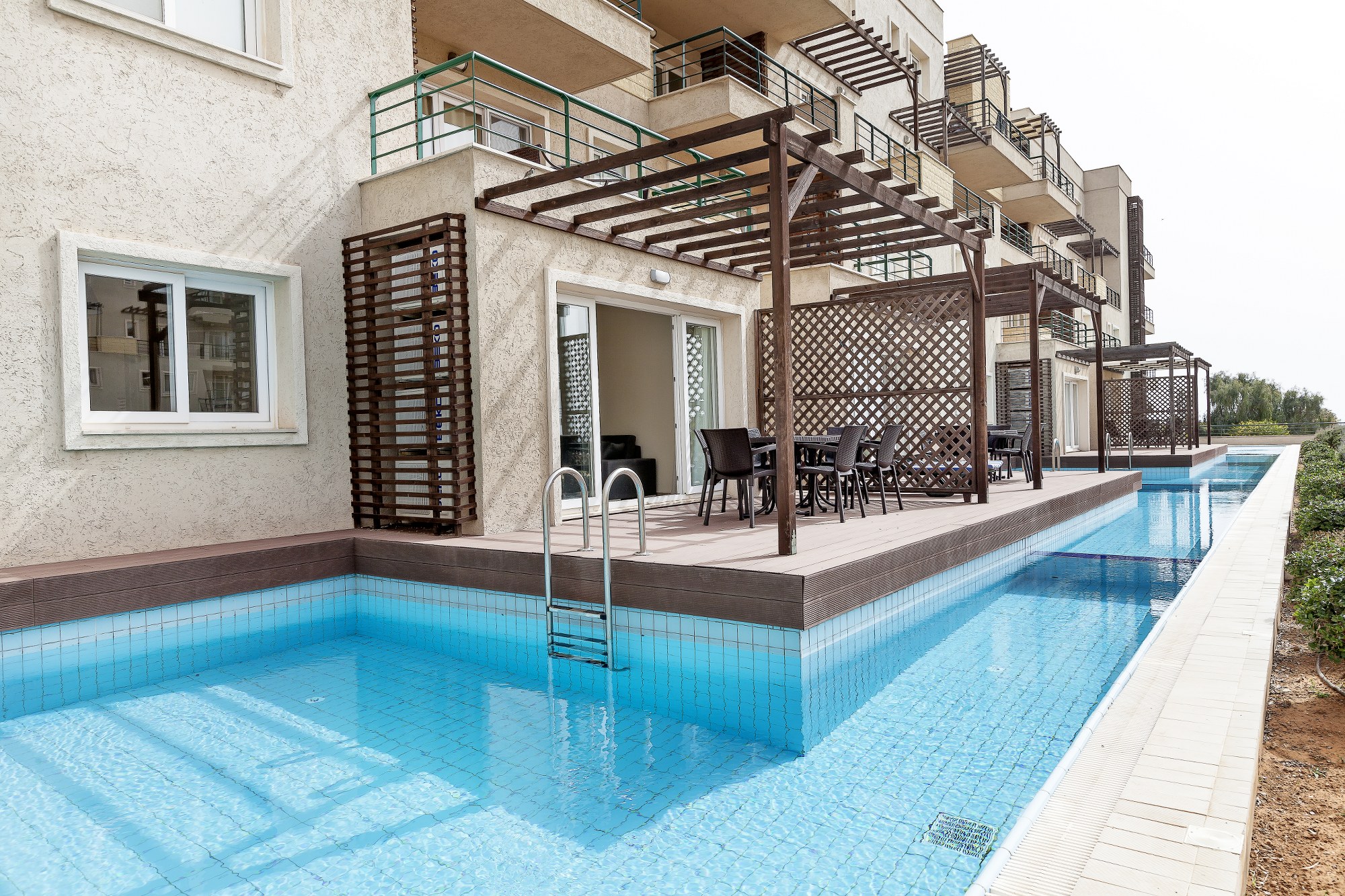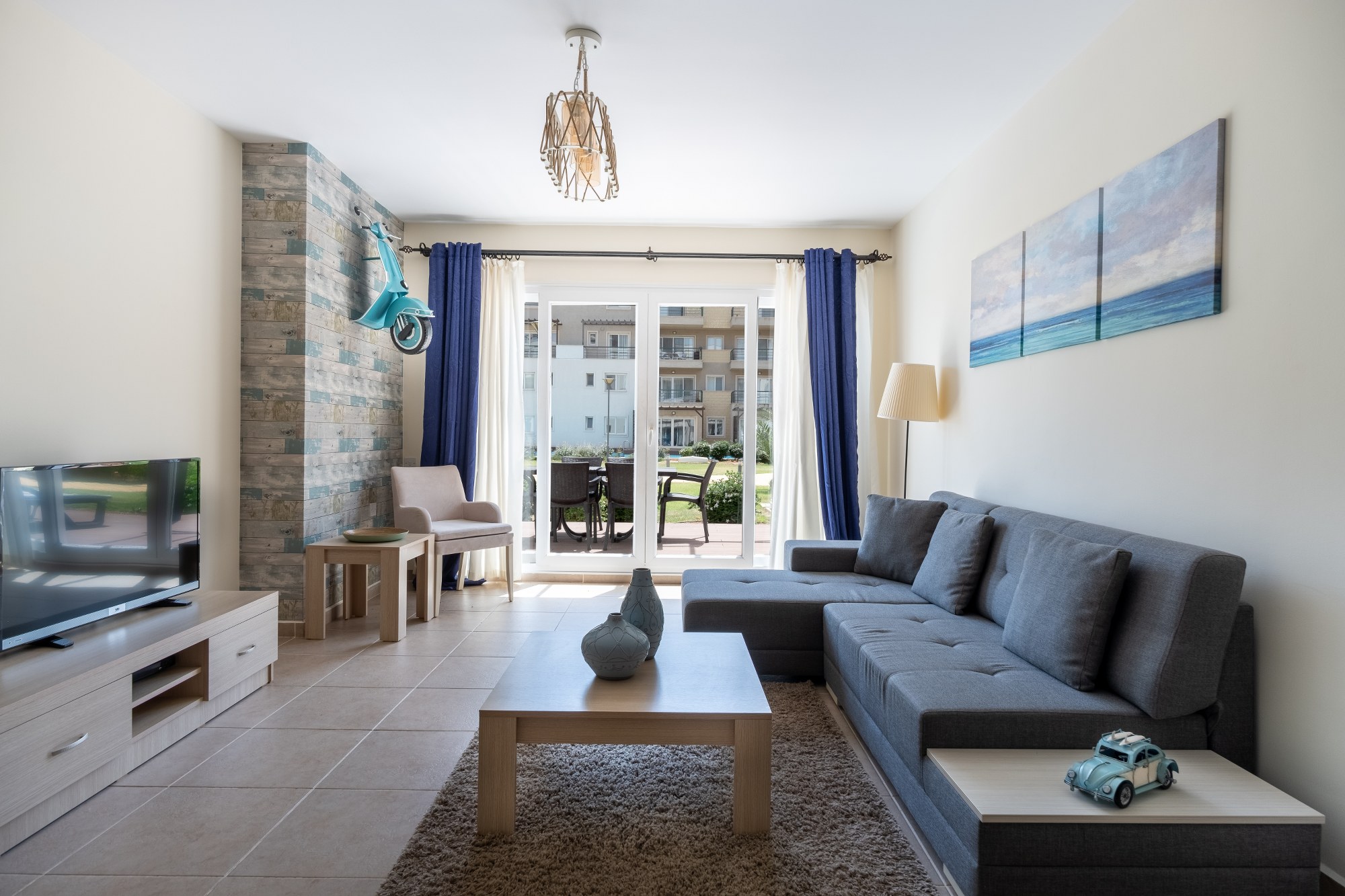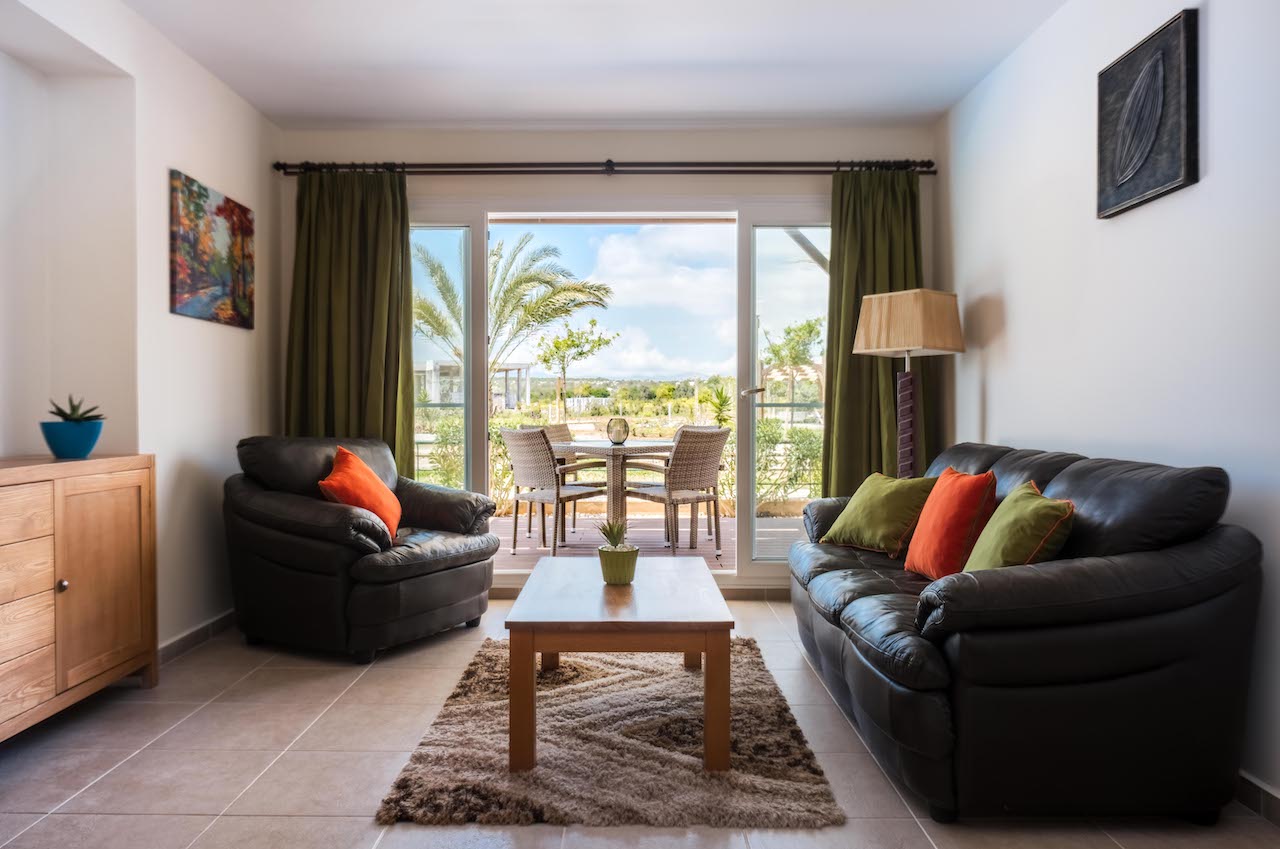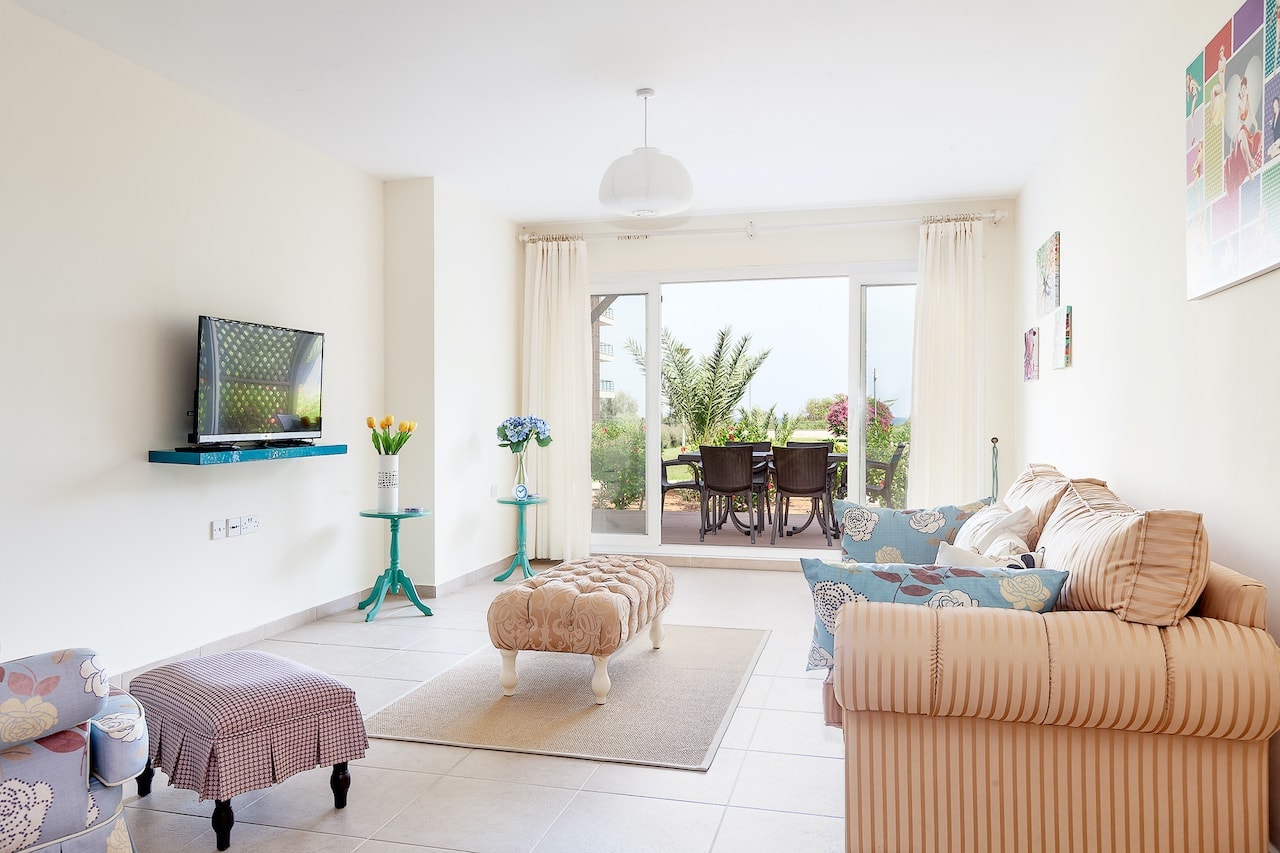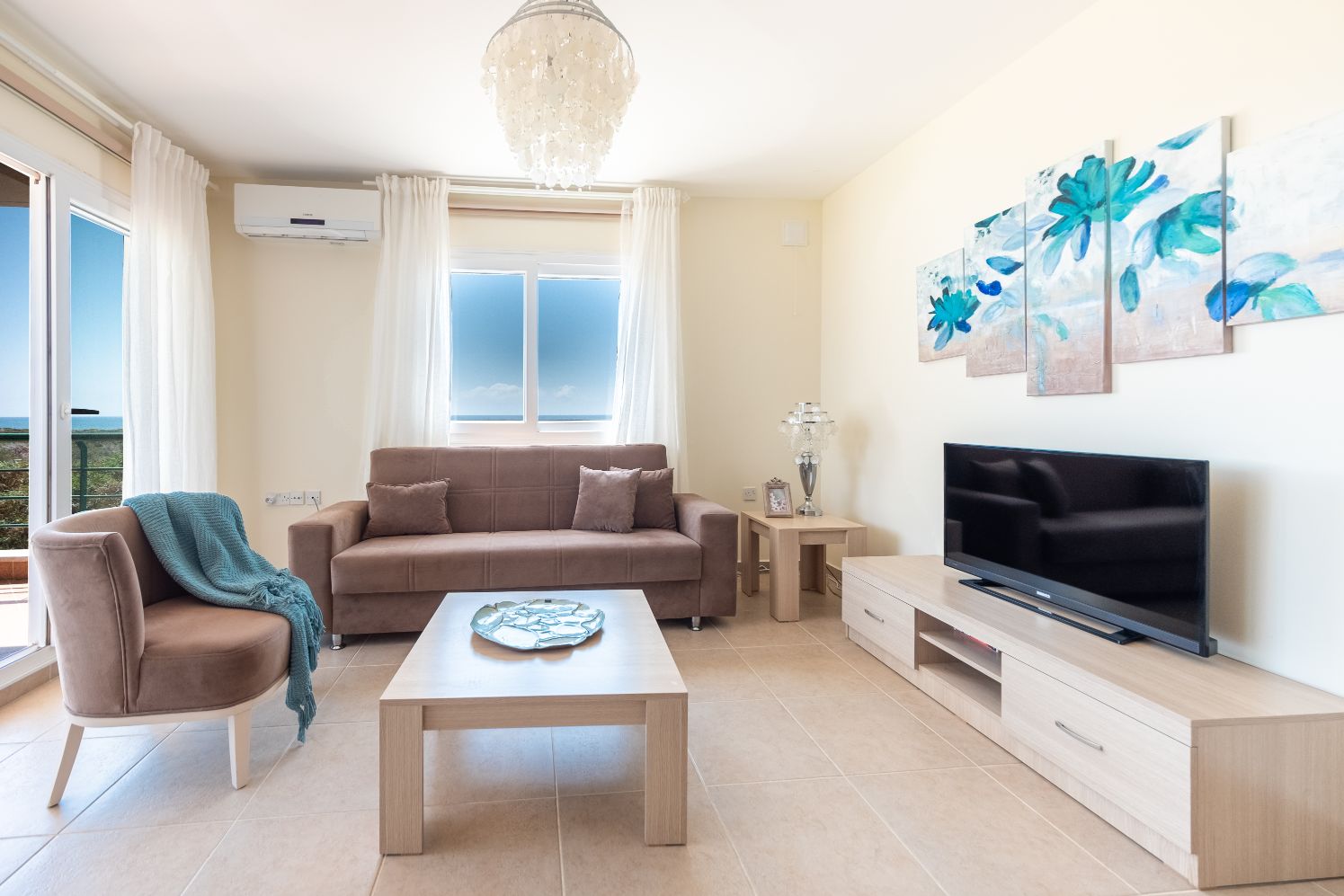Mediterranean's Jewel
In Your Heart
The legendary birthplace of the goddess Aphrodite, Cyprus has been coveted and fought over by a succession of admirers: Mycenaeans, Egyptians, Assyrians and Persians, to name a few. The former British colony was most recently fought over by the Turks and the Greeks. A result of this turbulent past is an impressive range of cultural treasures, from Crusader castles to the tomb of Mohammed's aunt. The island's geography - plentiful coastline with a mountainous center - ensures plenty of year-round activity.
THE AREA
Crossing the line between the South and the North allows you not only to gain some understanding of the island's complex and painful modern-day history, but also experience the two Cypriot communities. Greek Cypriot and Turkish Cypriot societies are intrinsically different yet incredibly similar, linked by the still-strong role of traditional family life and a rich history where food cultures and folk customs have intermingled, but divided by belief. One thing's for sure wherever you are on the island: the naturally warm Cypriot hospitality is much in evidence on both sides of the Green Line.
RESTAURANTS
Meze is a delicious way to acquaint yourself with the local cuisine, tantalising the taste buds with a feast of small dishes, from creamy hummus to kebabs or afelia (pork cooked in red wine) and everything in between. Heavily influenced by Turkish, Greek and Middle Eastern food cultures, Cypriot cooking has some of its own culinary stars, including haloumi (hellim in Turkish) and kebab favourite sheftalia (şeftali kebap in Turkish; grilled sausages wrapped in caul fat). And don't forget the desserts. Flavoured with almonds, rose water and pistachios, sweet treats range from comforting rice puddings to gloriously sticky baklava.
Cyprus Highlights
Kyrenia
Kyrenia (Girne) is North Cyprus' prettiest town having clung to the old Ottoman character of its harborside old district. Kyrenia Castle overlooks the quaint harbor on the eastern side, and climbing up onto the castle's ramparts rewards you with fantastic views across the town. A squiggle of narrow lanes meander back from the waterfront area, full of wooden-shuttered houses in various states of disrepair. It's a great place for strolling and soaking up the timeless atmosphere and there are plenty of cafés overlooking the harbor for when you want to put your feet up.
Nissi Beach
A swath of white sand loveliness that rolls onto the turquoise sea in Agia Napa, Nissi Beach is Cyprus' most famous strip of sand. Yes, it gets crowded in summer (a beach this gorgeous doesn't stay a secret), but even with rows of sunbeds, there's no denying Nissi's beauty. The water is very shallow at the shoreline and very calm within the bay as a whole, making it a great spot for families with young children, and in the summer high season, bags of facilities are on offer, meaning you can make an entire day at the beach.
Cyprus Museum
With so many archaeological sites, Cyprus is packed full of museums, but the Cyprus Museum in the capital Nicosia is where you go to pull together all of the island's history. Extremely well-curated, the museum takes visitors on a journey from the Neolithic age right up to the Ottoman era using beautiful artifacts to show the sophisticated artistry of each period. The standout exhibits are the huge collection of terracotta votive statues that date from the 7th century BC. Even if you're based on the coast, you should definitely make a half-day trip to the capital just to view the museum.
Cape Greco
Even along Cyprus' buzzing south coast there are regions where you can escape the crowds. Cape Greco is an impossibly pretty coastal national park with a variety of walking trails that start just east of the resort of Agia Napa. There is a wonderful variety of local flora here, particularly many of Cyprus' endemic wild orchids that bloom in early spring but the real highlight is the absolutely gorgeous coastal scenery with azure blue sea beyond. The trails stretch all the way to Cape Greco point which is the most easterly point in the south of Cyprus.
House of Dionysus
The big-hitter site in the resort of Paphos is the House of Dionysus, home to an incredible collection of mosaic floors that are feted for their excellent preservation and vibrant coloring. Part of the larger Paphos Archaeological Site, with plenty of Graeco-Roman ruins, the House of Dionysus is a wonderful example of the intricate artistry of the period. It's named after the god Dionysus who crops up in many of the mosaics throughout the house, which mostly depict scenes of Greek mythology.
Larnaca
Easygoing Larnaca, on the island's southeast side, may be a seaside resort, but it's kept its local soul. This is by far the most laid-back base for holidaymakers here. All the facilities for sun- and sand-based fun can be found, but the old crumbling Turkish Quarter (called Skala) and ornate Agios Lazaros (Church of St. Lazarus) give the town an interesting historical edge, while the center itself has retained the atmosphere of a proper workaday town rather than just a summer resort. Even better, the salt lake, just to Larnaca's west, is packed full of flocks of pink flamingos during spring, and plenty of hill villages and cultural tourist attractions lie in the surrounding hinterland.
Travel to Cyprus
AIRPORTS
From the UK: carriers include easyJet, British Airways, Aegean, Jet2, Cyprus Airways and Ryanair. Within Europe: try Cyprus Airways, Arkefly, Transavia, Condor, Lufthansa and easyJet. From the USA: There are no direct flights so you will need to fly via Europe
BY TAXI
There are 3 types of taxi: Service / intercity taxis: shared 4- to 8-seater minibuses between Paphos, Limassol (Lemessos), Larnaca and Nicosia (Lefkosia); reservations necessary. | Urban taxis: hail on the street or from a rank; fares are metered, with surcharges for heavy luggage or evening/night journeys (20.30-06.00) | Rural taxis: journeys must start or end at the village where they are based, and are normally pre-booked by phone (fares are metered as above)
BUS
BY BUS: There are good bus routes between the major cities of Paphos, Limassol (Lemessos), Larnaca and Nicosia (Lefkosia), and some connections from each of these cities to local beaches and villages. Sunday timetables are very reduced or non-existent. We found Cyprus by Bus to be a useful resource.
